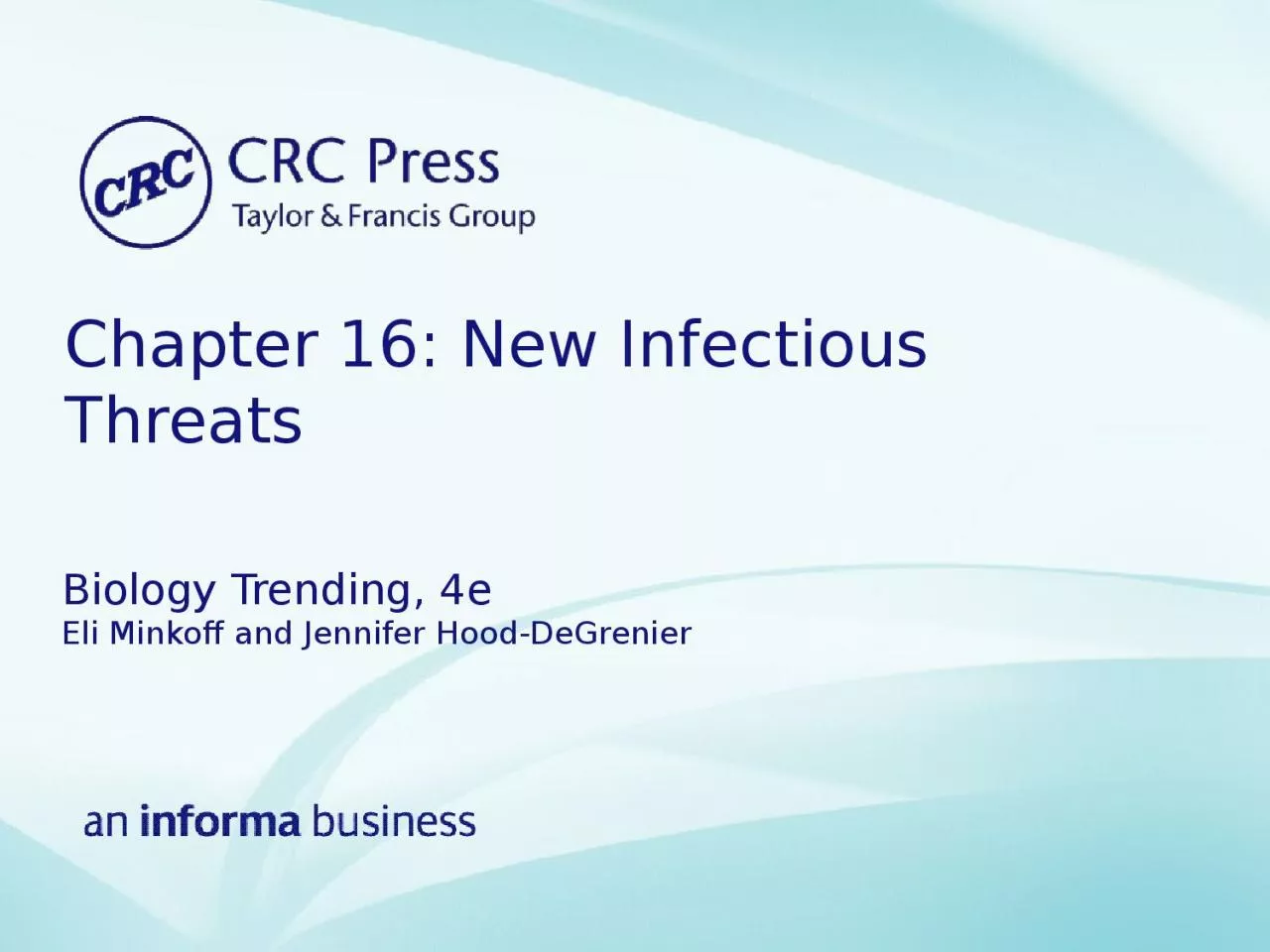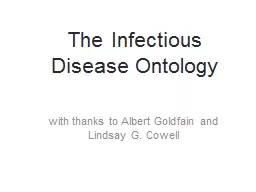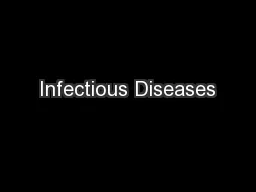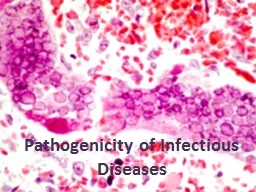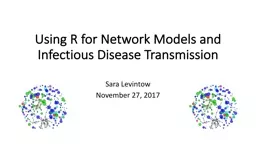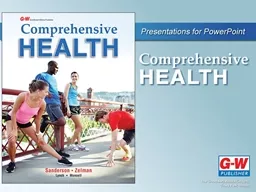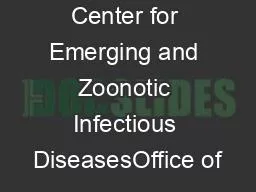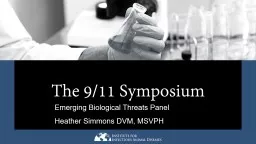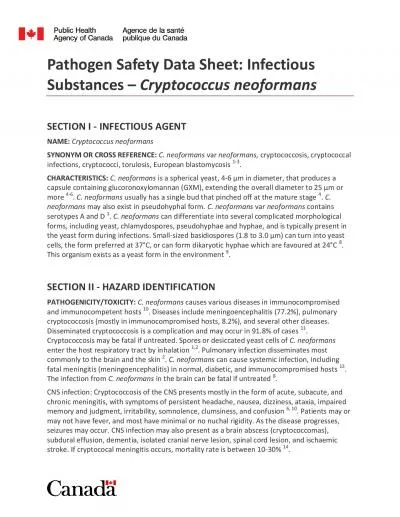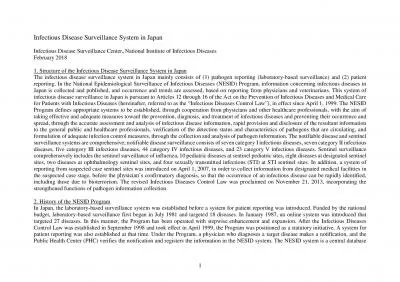PPT-Chapter 16: New Infectious Threats
Author : sadie | Published Date : 2024-02-09
Biology Trending 4e Eli Minkoff and Jennifer HoodDeGrenier Pathogens are infectious agents that cause disease Characteristics of pathogens Evolution of virulence
Presentation Embed Code
Download Presentation
Download Presentation The PPT/PDF document "Chapter 16: New Infectious Threats" is the property of its rightful owner. Permission is granted to download and print the materials on this website for personal, non-commercial use only, and to display it on your personal computer provided you do not modify the materials and that you retain all copyright notices contained in the materials. By downloading content from our website, you accept the terms of this agreement.
Chapter 16: New Infectious Threats: Transcript
Download Rules Of Document
"Chapter 16: New Infectious Threats"The content belongs to its owner. You may download and print it for personal use, without modification, and keep all copyright notices. By downloading, you agree to these terms.
Related Documents

